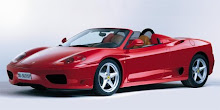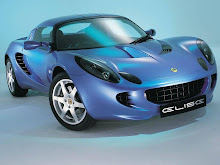On display for the first time at the Detroit auto show.
By Jonathan Elfalan

“Furai,” simply translated, means "sound of the wind" and is the fifth iteration or evolution of Mazda's new design language exemplified in its initial Nagare concept, which you may recall meant “flow.” Far from just a piece of artwork on wheels, this working concept actually began life as one of Mazda's 2006 season ALMS P2 race cars.
Built on a Courage C65 chassis and powered by a 450-bhp 3-rotor rotary engine, this ethanol (E100)-powered concept car is an exercise in reverse homologation: It represents an ideal within the Mazda philosophy, and that is to bridge the gap between single-purpose race cars (ALMS) and street-legal models (Ferrari Enzo, Lotus Elise), according to Mazda's Director of Design, Franz von Holzhausen.

The complex outer shell of the Furai clearly follows its predecessor's design trends, but through the guidance and expertise of Swift Engineering also functions aerodynamically. Front-fascia channels direct air to the brake ducts as strategically placed louvers on top of the front wheel fenders aid heat evacuation and help suck the front end closer to the ground. Its sculpted flanks create turbulence which draws air to the side ducts that help keep the engine cool in conjunction with the radiators mounted in the car's sidepods. Aft of the gullwing doors, flow-directing details continue to guide air over the car's rear haunches toward a large, functioning, adjustable-element spoiler. The sharp element you see protruding from the roof is called an Air Fang, and was designed by the guys at Swift to optimize ram air induction. The air split by the Air Fang creates vortices which force air down into the intake.


